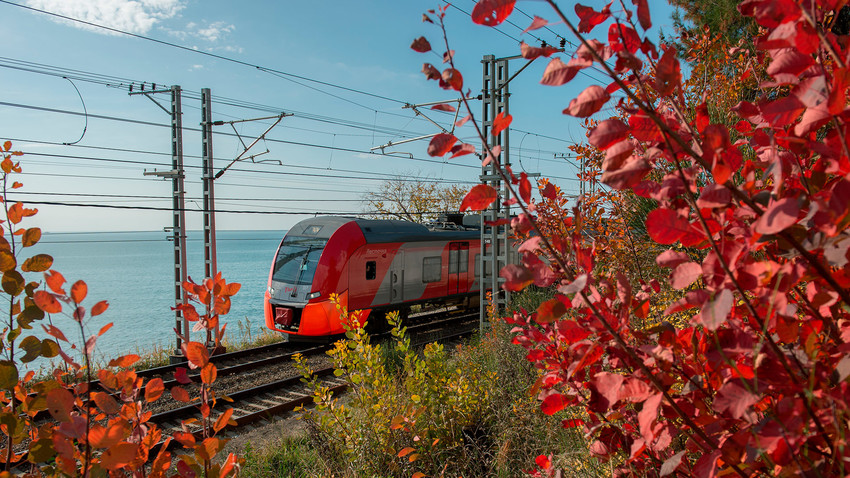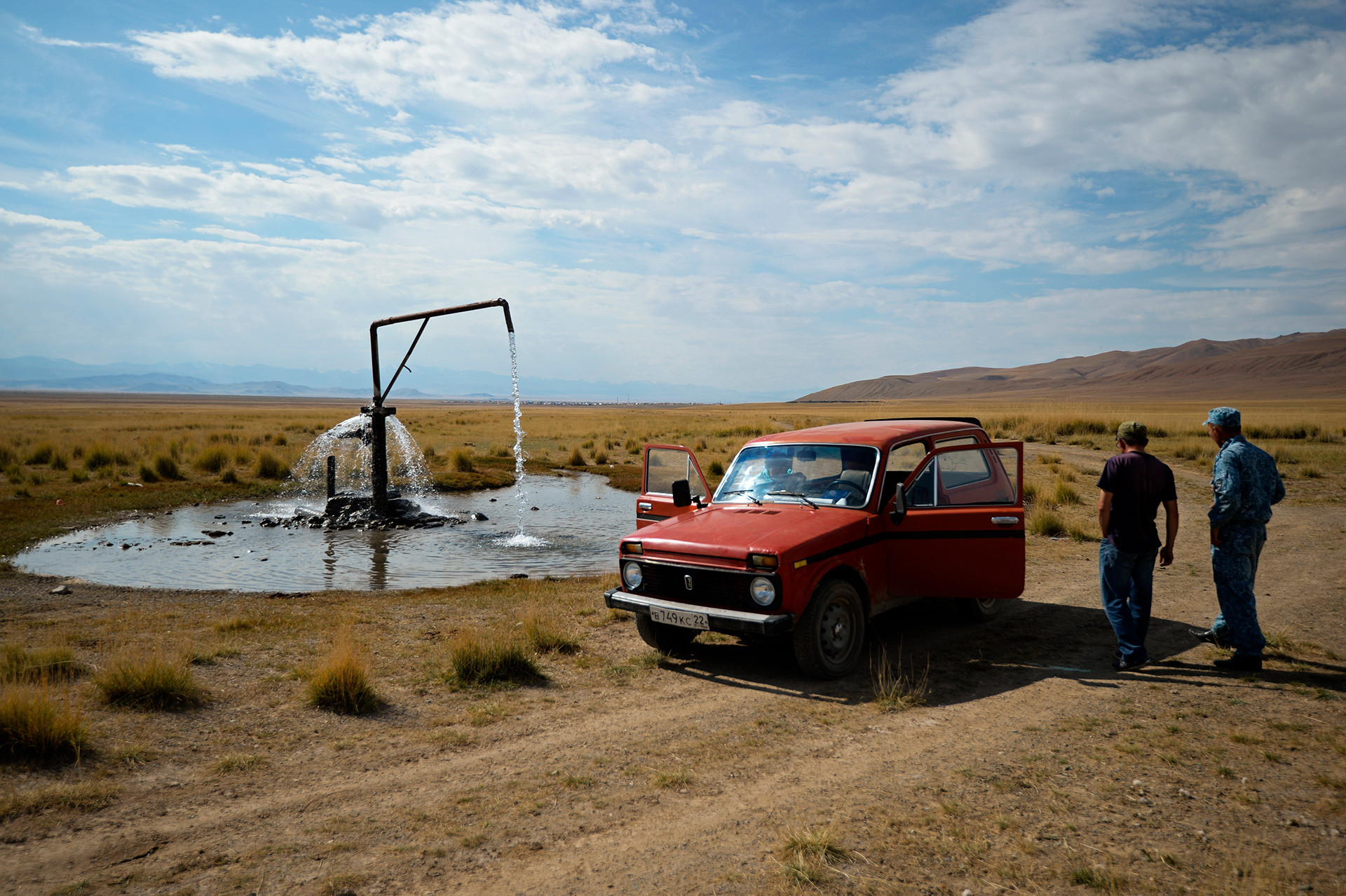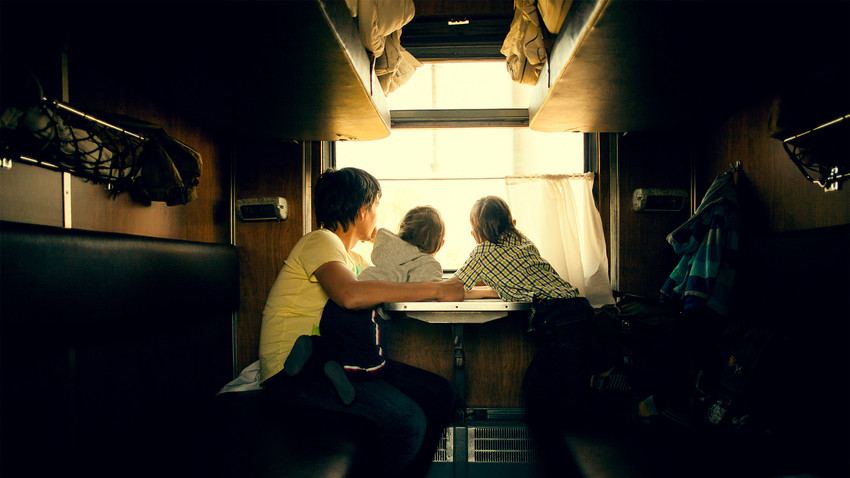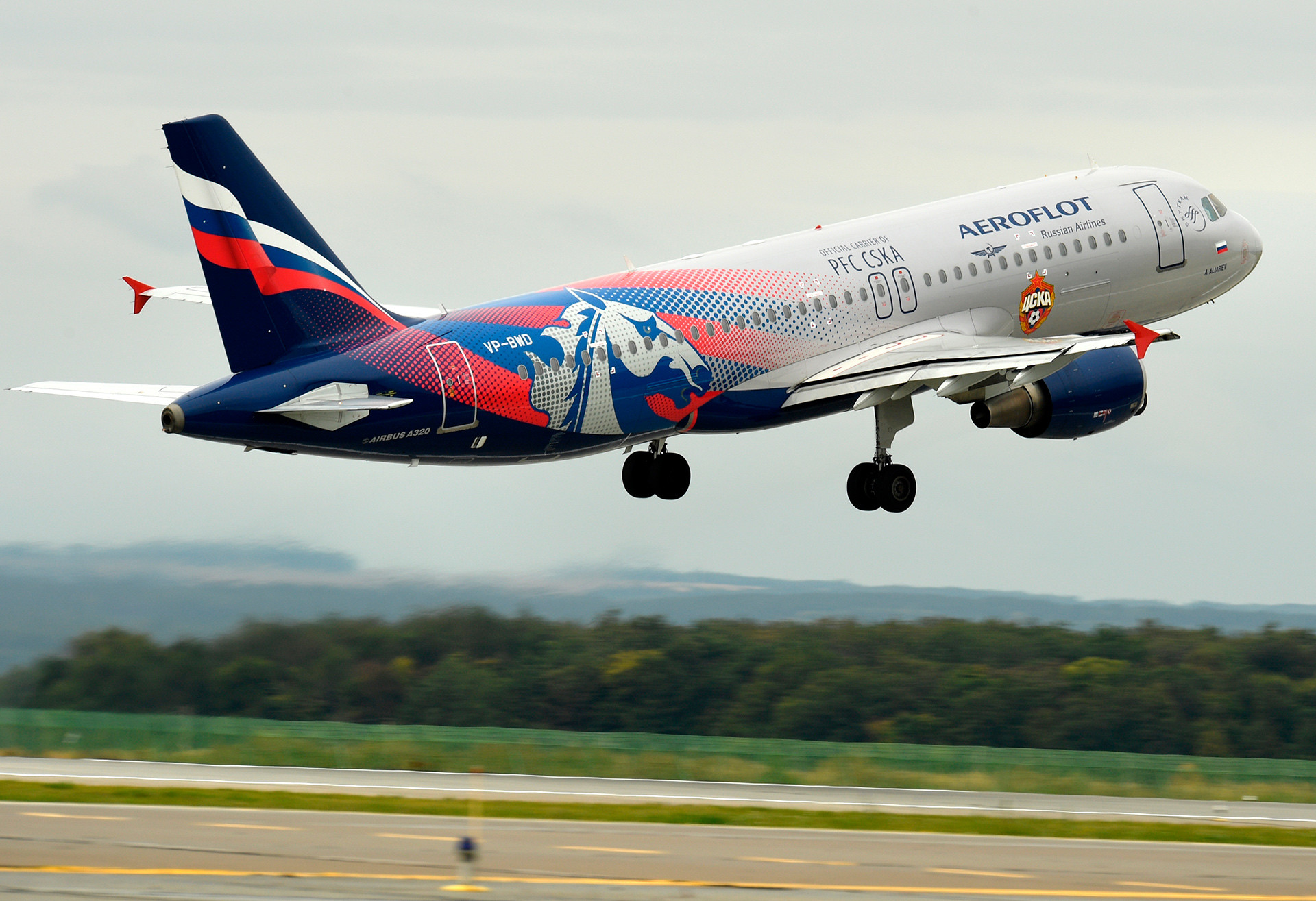What’s the best way to see Russia: By car, train or plane?

A Lastochka high speed train in Sochi
Nina Zotina/RIA Novosti1. Car: pro and contra

Niva stands next to an artesian well in Altai
Alexander Kryazhev/RIA NovostiRussia is such a huge country with enormous distances between settlements that traveling by car can be
The quality of roads is not consistent and their poor quality in some distant regions might surprise you. Major highways are usually fine, however.
There are some toll highways. The best
In distant regions, mostly in the Asian part of the country, there are not many gas stations, so plan in advance where to fill up your tank. On some roads east of the Ural Mountains you might drive for hours without seeing any sign of civilization.
One pleasant surprise for visitors from western countries is the price of fuel. The average cost of gasoline in summer 2017 was 39.87 rubles ($0.68) per liter.
Major European car rental services operate in Russia: Avis, Hertz, Europcar, and etc. The price for an economy class car starts at 1,500 rubles/day ($26), and averages 2,500-3,500 rubles/day ($44-70). One should have at least two to three years driving experience, and an international driving license is accepted if you travel as a tourist.
2. See Russia from a train’s window

Platzkart romance with Russian Railways
Getty ImagesOne of
Another advantage of the train is the chance to meet people that you’d otherwise never come into contact with. A train journey means falling asleep under the sound of the clatter of the wagons along the tracks, sharing food with strangers and lots of “train talk.” It’s definitely a way one can get to know and understand the Russian people!
A cross-country train journey has many stops along the way, some of which last an hour. You can have a quick look around the station, and buy homemade pies, as well as local berries from the grannies on the platform (be careful and make sure they’re good).
There are different quality wagons, with varying levels of comfort. Kupe is a closed compartment for two or four people, and
You can find more information about the Trans-Siberian, including detailed descriptions of train types and routes, on this website. Overall, traveling by train in Russia is comfortable and the rail network is extensive. To check timetables and book a ticket, go to the website, www.rzd.ru, which also has an English version.
If you don’t have a week to spare then you travel to Vladivostok by plane. A return flight can cost around 400 euros. Train tickets for the same trip have similar prices if you travel in
3. Plane journey

Aeroflot's Airbus-A320 taking off at the Kazan international airport
Maksim Bogodvid/RIA NovostiThere is also a
If using any of Russia Beyond's content, partly or in full, always provide an active hyperlink to the original material.
Subscribe
to our newsletter!
Get the week's best stories straight to your inbox